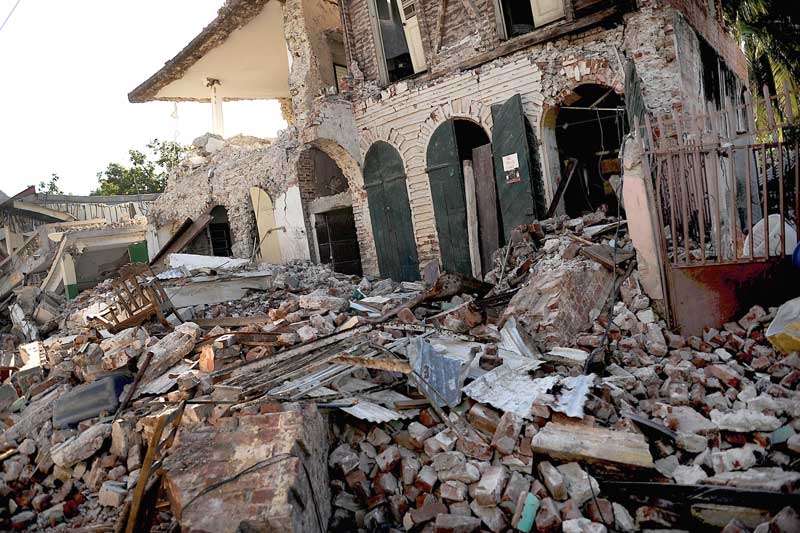On this day, 20th September: Tragic ferry accident which killed 161 people on board

The MV Nyerere ferry disaster on September 20, 2018, remains a tragic reminder of the dangers of overcrowded and poorly maintained transport systems in many parts of the world. Lake Victoria, Africa’s largest lake, has a long history of maritime incidents, and this disaster, one of the deadliest in the lake’s history, further highlighted the urgent need for safety measures and stricter regulations.
Background of the Incident:
The ferry, MV Nyerere, was a regular passenger vessel operating between Bugolora on Ukerewe Island and Ukara Island in the Mwanza region of Tanzania. These ferries are a crucial mode of transport for the local population, as they connect isolated islands and facilitate the movement of people and goods across the vast lake. On the day of the incident, the ferry was significantly overcrowded, carrying more than 400 people despite its official capacity being only 100 passengers.
The disaster occurred just a few meters from the dock at Ukara Island, a small but heavily populated island known for fishing and farming. Eyewitnesses reported that the ferry was tilting dangerously before it finally capsized. Many of the victims were trapped inside the vessel, while others who could swim tried to survive the turbulent waters.
Causes of the Capsizing:
The ferry was not only overcrowded, but it also had an excess of cargo, including bags of cement and other goods. Overloading the ferry compromised its stability, causing it to capsize in the shallow waters near the dock. Investigations into the disaster revealed multiple issues:
- Overloading: The ferry was carrying more than twice its passenger and cargo capacity.
- Lack of life jackets: Most passengers were not provided with life jackets, limiting their chances of survival.
- Crew negligence: Preliminary reports suggested that the crew might have miscalculated the balance of the ferry and failed to take necessary precautions.
Rescue and Recovery Efforts:
Rescue operations were launched by local fishermen, followed by the Tanzanian government and the military. Over 200 people were reported missing or dead, while some were rescued by local fishermen immediately after the disaster. However, the proximity of the ferry to the dock meant that many passengers were unable to escape quickly enough before the vessel sank.
The Tanzanian government declared four days of national mourning in response to the tragedy. Rescue operations were slow due to limited resources, and divers faced challenges in recovering bodies from the submerged ferry. The death toll continued to rise as more bodies were found in the days following the disaster.
Government Response and Aftermath:
Following the disaster, Tanzanian President John Magufuli called for the immediate arrest of those responsible for operating the ferry. He also criticized the widespread practice of overloading ferries and announced that the Tanzanian Electrical, Mechanical and Electronics Services Agency (TEMESA), which managed the ferry, would be held accountable. Several officials were arrested, and investigations were initiated to understand the cause of the ferry’s failure.
Magufuli referred to the tragedy as an act of “negligence”, and the disaster led to renewed scrutiny over Tanzania’s infrastructure and transport systems. Many called for stricter regulations to prevent such incidents, including better monitoring of ferry capacity, regular maintenance of vessels, and proper training for ferry operators.
Broader Impact:
The MV Nyerere disaster exposed serious gaps in the safety and regulation of maritime transport on Lake Victoria, not just in Tanzania but across the region. In 1996, another ferry accident on Lake Victoria, involving the MV Bukoba, resulted in over 800 deaths, making it one of the deadliest maritime disasters in African history.
Lake Victoria, bordered by Tanzania, Uganda, and Kenya, serves as a vital lifeline for millions of people. However, it remains a dangerous waterway, with frequent accidents caused by overcrowding, poor maintenance, and unpredictable weather.
Reforms and Safety Measures:
In the wake of the MV Nyerere disaster, the Tanzanian government pledged to implement stronger safety measures, including:
- Limiting the number of passengers allowed on vessels to their actual capacity.
- Enforcing regular inspections and maintenance of ferries.
- Installing life-saving equipment such as life jackets on all ferries.
- Providing better training for ferry crews to ensure they understand safety protocols.
Additionally, the disaster prompted regional authorities to consider similar reforms in neighboring countries that share Lake Victoria, with the goal of improving safety for all passengers who rely on these ferries for transportation.
Conclusion:
The MV Nyerere ferry disaster was a tragic event that claimed the lives of over 161 people and shook Tanzania to its core. It serves as a somber reminder of the risks posed by inadequate infrastructure and lax enforcement of safety regulations. While the loss of life is irreversible, the tragedy has prompted both the government and the public to demand reforms aimed at preventing future accidents on Lake Victoria.





